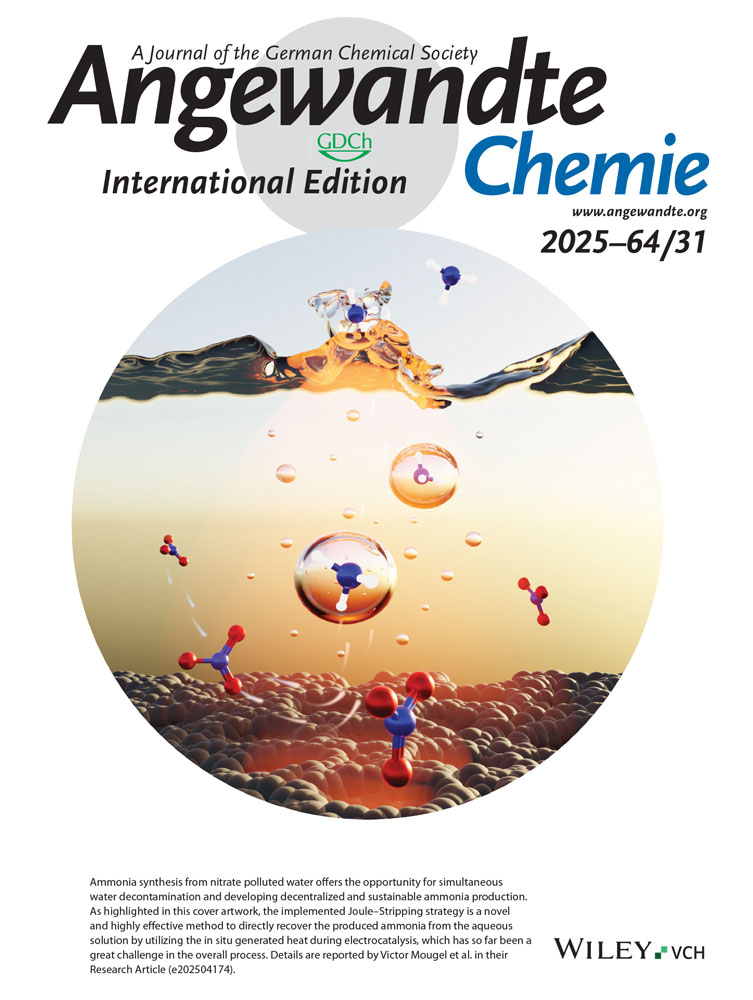Self-Assembly of a Radially Functionalized Hexagonal Molecule: Hexakis(4-hydroxyphenyl)benzene
Abstract
Two different porous hydrogen-bonded networks are formed by self-assembly of the radially substituted host 1. In the network of type A, formed by 1⋅4 Et2O, all OH groups of 1 are involved in hydrogen bonding, and the molecular sheets are stacked without translation to generate extended channels that accommodate the Et2O molecules. Four OH groups of 1 are involved in the type B network of 1⋅4 DMF, and lateral translation of the sheets in an ABAB sequence generates large chambers, each of which contains four DMF molecules.




